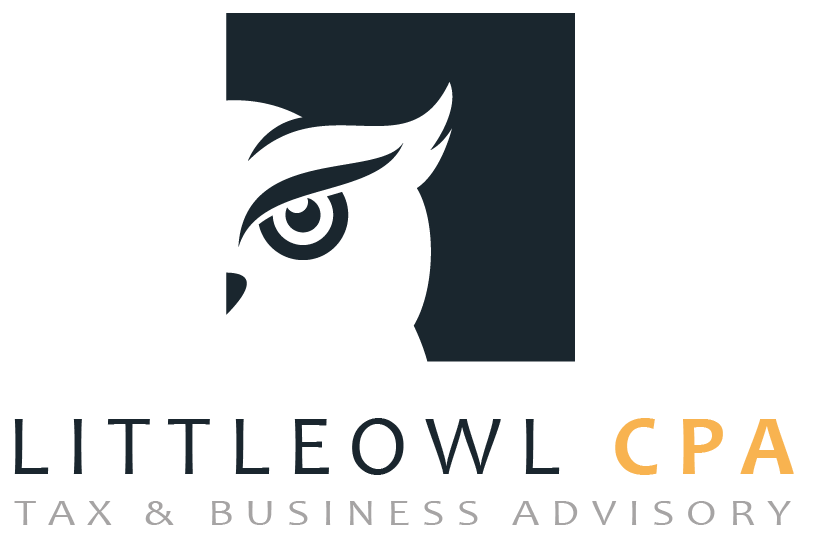The window of opportunity for many tax-saving moves closes on December 31, so it’s important to evaluate your tax situation now, while there’s still time to affect your bottom line for the 2022 tax year.
Timing is Everything
Consider any opportunities you have to defer income to 2023. For example, you may be able to defer a year-end bonus, or delay the collection of business debts, rents, and payments for services. Doing so may allow you to postpone paying tax on the income until next year. If there’s a chance that you’ll be in a lower income tax bracket next year, deferring income could mean paying less tax on the income as well.
Similarly, consider ways to accelerate deductions into 2022. If you itemize deductions, you might accelerate some deductible expenses like medical expenses, qualifying interest, or state and local taxes by making payments before year-end. Or you might consider making next year’s charitable contribution this year instead.
Sometimes, however, it may make sense to take the opposite approach — accelerating income into 2022 and postponing deductible expenses to 2023. That might be the case, for example, if you can project that you’ll be in a higher tax bracket in 2023; paying taxes this year instead of next might be outweighed by the fact that the income would be taxed at a higher rate next year.
Special concerns for higher-income individuals
The top marginal tax rate (37%) applies if your taxable income exceeds $539,900 in 2022 ($647,850 if married filing jointly, $323,925 if married filing separately). Your long-term capital gains and qualifying dividends could be taxed at a maximum 20% tax rate if your taxable income exceeds $459,750 in 2022 ($517,200 if married filing jointly, $256,600 if married filing separately).
Additionally, a 3.8% net investment income tax (unearned income Medicare contribution tax) may apply to some or all of your net investment income if your modified AGI exceeds $200,000 ($250,000 if married filing jointly, $125,000 if married filing separately).
High-income individuals are subject to an additional 0.9% Medicare (hospital insurance) payroll tax on wages exceeding $200,000 ($250,000 if married filing jointly or $125,000 if married filing separately).
IRAs and retirement plans
Take full advantage of tax-advantaged retirement savings vehicles. Traditional IRAs and employer-sponsored retirement plans such as 401(k) plans allow you to contribute funds on a deductible (if you qualify) or pre-tax basis, reducing your 2022 taxable income. Contributions to a Roth IRA (assuming you meet the income requirements) or a Roth 401(k) aren’t deductible or made with pre-tax dollars, so there’s no tax benefit for 2022, but qualified Roth distributions are completely free from federal income tax, which can make these retirement savings vehicles appealing.
For 2022, you can contribute up to $19,500 to a 401(k) plan ($26,000 if you’re age 50 or older) and up to $6,000 to a traditional IRA or Roth IRA ($7,000 if you’re age 50 or older). The window to make 2021 contributions to an employer plan typically closes at the end of the year, while you generally have until the April tax return filing deadline to make 2021 IRA contributions.
Roth conversions
Year-end is a good time to evaluate whether it makes sense to convert a tax-deferred savings vehicle like a traditional IRA or a 401(k) account to a Roth account. When you convert a traditional IRA to a Roth IRA, or a traditional 401(k) account to a Roth 401(k) account, the converted funds are generally subject to federal income tax in the year that you make the conversion (except to the extent that the funds represent nondeductible after-tax contributions). If a Roth conversion does make sense, you’ll want to give some thought to the timing of the conversion. For example, if you believe that you’ll be in a better tax situation this year than next (e.g., you would pay tax on the converted funds at a lower rate this year), you might think about acting now rather than waiting. (Whether a Roth conversion is appropriate for you depends on many factors, including your current and projected future income tax rates.)
Changes to note
-
- Recent legislation has modified many provisions, generally for 2018 to 2025.
- Personal exemptions were eliminated.
- Standard deductions have been substantially increased to $12,550 in 2021 ($25,100 if married filing jointly, $18,800 if head of household).
- The overall limitation on itemized deductions based on the amount of adjusted gross income (AGI) was eliminated.
- The AGI threshold for deducting unreimbursed medical expenses is 7.5%.
- The deduction for state and local taxes has been limited to $10,000 ($5,000 if married filing separately).
- Individuals can deduct mortgage interest on no more than $750,000 ($375,000 for married filing separately) of qualifying mortgage debt. For mortgage debt incurred before December 16, 2017, the prior $1,000,000 ($500,000 for married filing separately) limit will continue to apply. A deduction is no longer allowed for interest on home equity indebtedness. Home equity used to substantially improve your home is not treated as home equity indebtedness and can still qualify for the interest deduction.
- The deduction for personal casualty and theft losses was eliminated, except for casualty losses attributable to a federally declared disaster.
- Previously deductible miscellaneous expenses subject to the 2% floor, including investment advisory fees, tax preparation expenses and unreimbursed employee business expenses, are no longer deductible for Federal tax purposes (some states still allow deduction).
If you have questions about how this topic will impact you, Team LittleOwl CPA is here to help. Schedule a discovery call today!

About Tabitha Regan
Tabitha Regan is the Founder and CEO of LittleOwl CPA. Tabitha is a Certified Public Accountant, Certified Financial Planner™ and Personal Financial Specialist. In her 16+ year career span, she has developed an expertise in the specific needs of small businesses and busy professionals with accounting, tax and advisory services.


